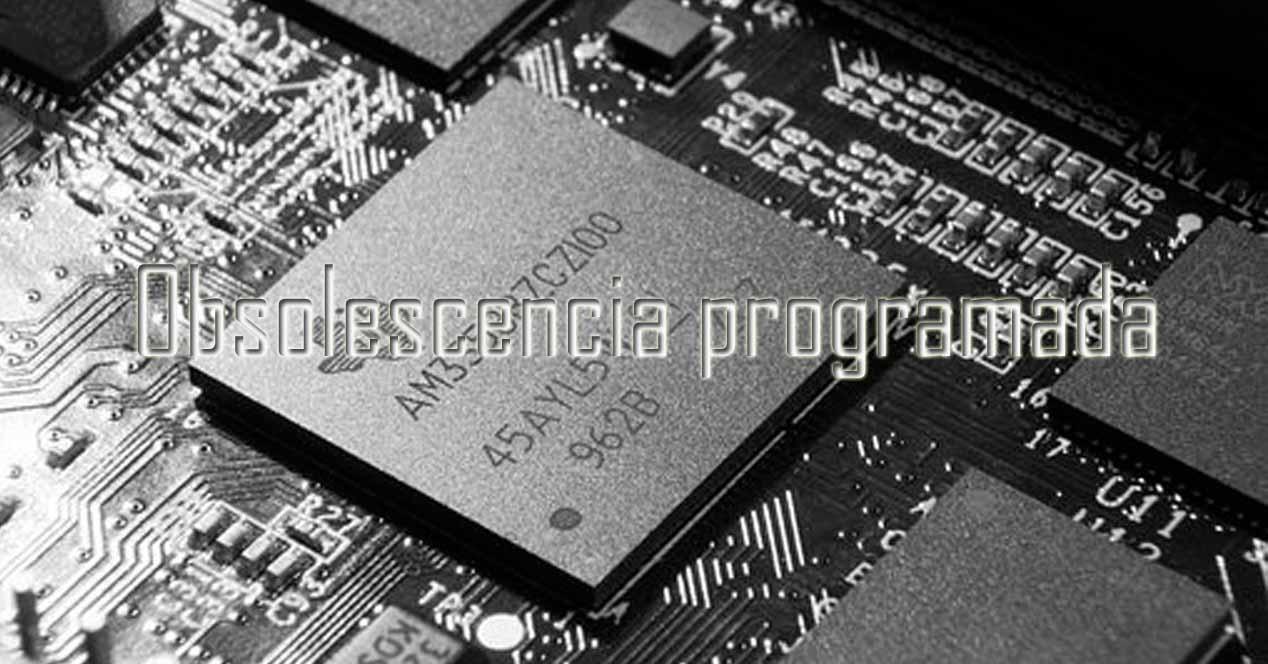“Planned obsolescence or planned obsolescence is the planning of the end of the useful life of a product such that after a period of time calculated in advance by the manufacturer during the design phase, it becomes obsolete, non-functional or unnecessary “. This is the definition of planned obsolescence, which basically tells us that devices are designed to fail when their warranty expires.
Is there a planned obsolescence?
We are going to be blunt: this phenomenon is a myth, an urban legend, but it has a lot of basis and it is normal that suspicion is generated on the part of the user, and then we will explain why. In any case, to begin with, we will tell you that if a device was programmed to fail at some point to become unusable and force the user to send it in for repair or buy a new one, don’t you think the have analysts noticed this already?
Imagine, for example, that a PC processor has been programmed to fail 2 years after purchase, just as its warranty period expires. With the number of ethical hackers, security experts and others who analyze the micro code of these, they would have quickly noticed programming like this, don’t you think? In addition, any electronic component or device can last a very long time regardless of its warranty period, provided it has been “treated well” and properly maintained.
However, it is not surprising that this urban legend has emerged, as many devices seem prone to failure once their warranty period expires, or at least to malfunction. For example, Apple is one of the companies most accused of planned obsolescence because after a few generations their devices start to function very badly, especially in terms of performance, and although we have seen that it is because of new versions of the operating system optimize them. For the hardware of the latest devices to hit the market, as we say, it’s no surprise that this arouses consumer suspicion.
Obsolescence has to do with warranty
Despite the fact that in Europe consumer law establishes that any manufacturer must provide his product with at least 2 years of guarantee, the reality is that when a manufacturer gives a certain guarantee to his product, this period is more than studied. The manufacturer is well acquainted with his product and its durability, as well as the potential defects that can be found in it, and based on this, he assigns a certain warranty period.
For example, it is common for an SSD to have between 3 and 5 years of warranty because the manufacturer has calculated that with heavy use this is its useful life, but we all know that with normal use. , an SSD lasts for many years. There are power supplies that have a 7, 10, and even 12 year warranty, and that’s because the manufacturer is very sure that their product is good and will last that long without fail. However, failures can of course occur before or after this warranty period, and this probability of failure is determined by the Gaussian bell
The Gaussian bell is a mathematical function that, translated into words we all understand, defines that a device is more likely to fail early or at the end of its useful life. That is, when you buy a power supply with a 7-year warranty, the time it is most likely to fail is during the first few months of use (due to manufacturing defects , for example) or after these 7 years that the manufacturer indicates, because it is the shelf life that they have previously calculated on their product.
With this we want to tell you that it is not that there is a scheduled obsolescence that causes the devices to fail when the warranty expires, but that guarantees are calculated to know the useful life of the heavy-duty product, so that if they fail before this time, they are most likely to have a manufacturing defect and obviously the manufacturer will have to take care to correct the problem, but it is not because they programmed the device fail at the end of the warranty, so consumers have to buy a new one.









